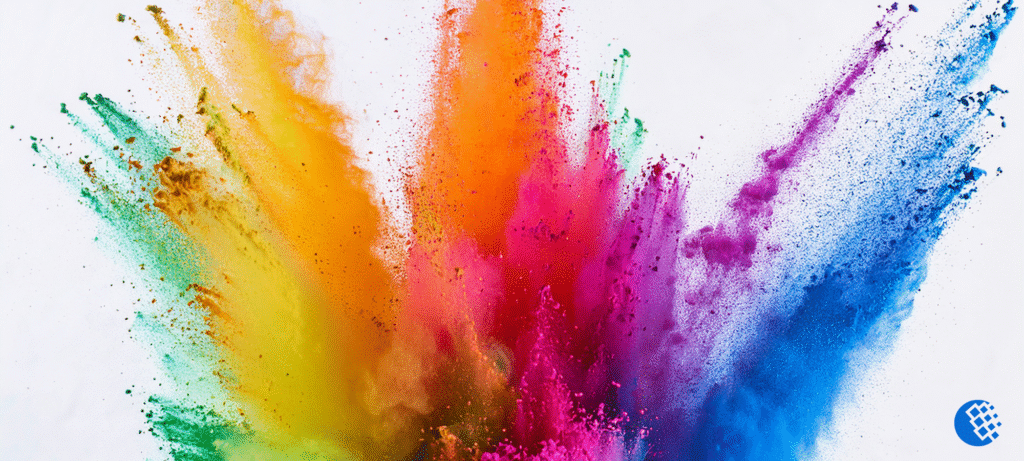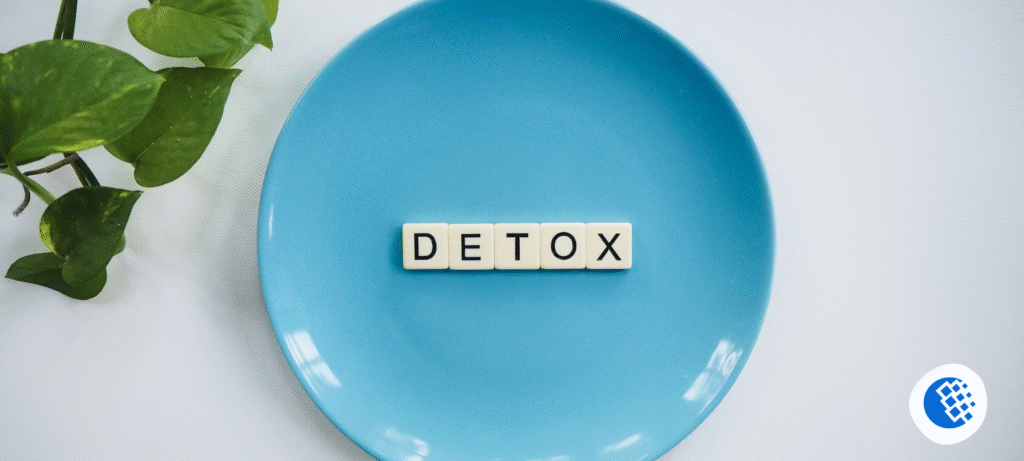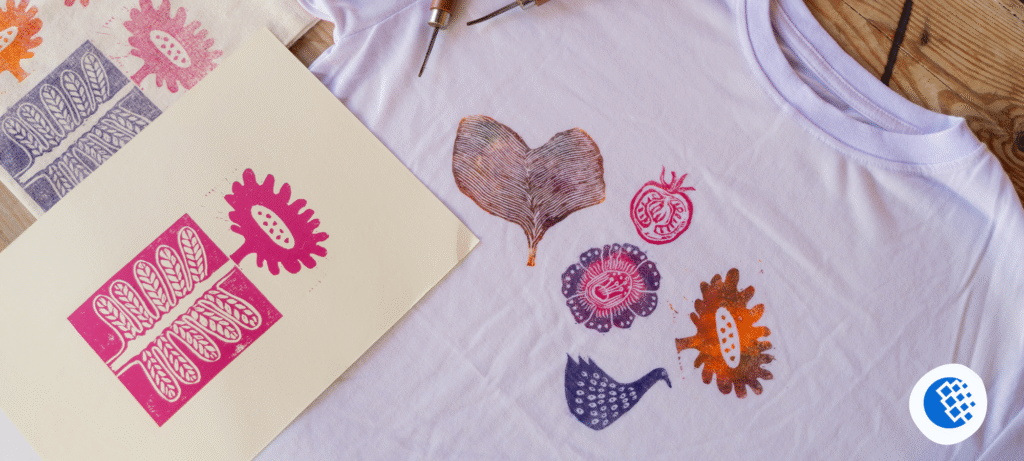Have you ever noticed how a bright yellow room makes you feel energized, while a soft blue bedroom helps you unwind? That’s not just coincidence, there’s real science behind how colors influence our emotions and mental state. And that’s precisely why painting therapy has become such a powerful tool for healing and self-discovery.
The Science Behind Color Psychology
Colors do more than look pretty. They actually trigger chemical reactions in our brains that affect how we feel. When light hits our eyes, it doesn’t just help us see – it sends signals to our hypothalamus, which controls our hormones and mood.
Think about it this way: we’ve evolved over millions of years to respond to colors in nature. Blue skies and water meant safety and calm. Red often signaled danger or ripe fruit. Our brains still carry these associations today, even when we’re sitting in a therapist’s office rather than out in the wilderness.
How Different Colors Impact Our Mood
Different colors create wildly different emotional responses. Here’s what research tells us:
- Red increases heart rate and evokes passion, energy, or anger. It’s stimulating and impossible to ignore.
- Blue slows down our heart rate and promotes calm and trust. There’s a reason so many hospitals use blue in their color schemes.
- Yellow boosts happiness and optimism but can cause anxiety in large doses. It’s like sunshine in paint form.
- Green brings balance and reduces stress. It’s nature’s favorite color for a reason – it makes us feel grounded and peaceful.
- Purple inspires creativity and spirituality while also conveying luxury and mystery.
Why Painting Therapy Works
This is where things get really interesting. When you work with a painting therapist, you’re not just creating art; you’re actually processing emotions through color choices and brushstrokes. Selecting colors, mixing them, and applying them to canvas gives you a physical outlet for feelings that might be hard to express with words.
Painting therapy works because it engages both sides of your brain. Your logical left brain makes decisions about composition and technique, while your emotional right brain expresses feelings through color and movement. It’s like having a conversation with yourself without needing to say a single word.
Getting Started with Color Therapy
You don’t need to be an artist to benefit from painting therapy. Here’s how you can start exploring color and emotion on your own:
- Grab some basic paints and paper – nothing fancy required
- Pay attention to which colors you’re drawn to when you’re feeling different emotions
- Don’t worry about making something “good” – focus on how the process feels
- Notice if certain colors make you feel calmer, more energized, or more centered
- Keep a color journal to track patterns in your emotional responses
The beautiful thing about painting therapy is that there’s no right or wrong way to do it. Your unique color choices tell your unique story, making this approach so powerful for emotional healing and self-understanding.





